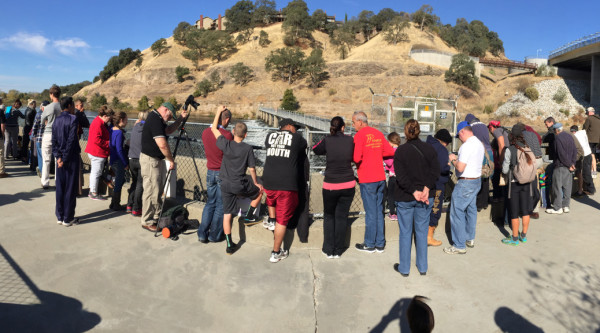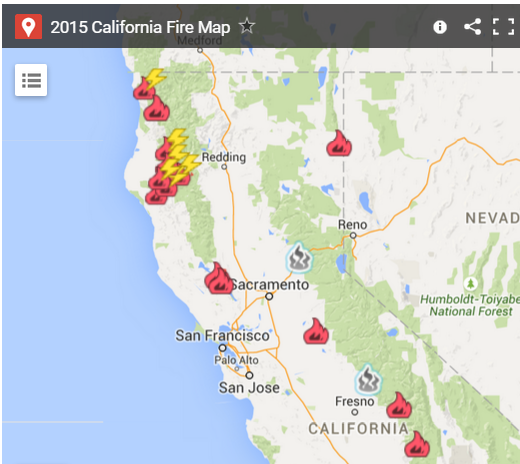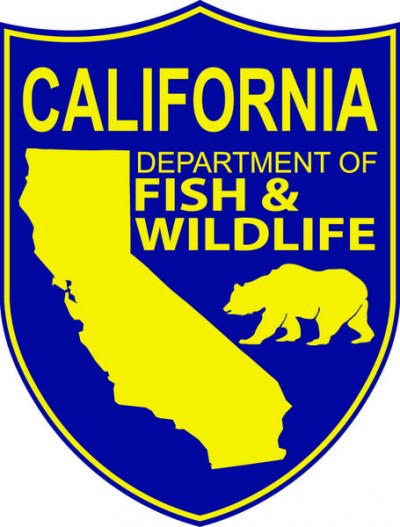CDFW To Open Nimbus Hatchery On Nov. 2

From the California Department of Fish and Wildlife
The salmon ladder at Nimbus Hatchery in Rancho Cordova will open Monday, Nov. 2, signaling the start of the spawning season on the American River. California Department of Fish and Wildlife (CDFW) hatchery workers will open the gates in the ladder at 9:30 a.m. and may take more than a half-million eggs during the first week alone in an effort to ensure the successful spawning of the returning fall-run Chinook salmon.
California is entering what may be a fifth year of unprecedented drought. Because of current river conditions, salmon are returning later in the year than typical. Overall, the fall-run Chinook salmon return numbers are lower than normal. CDFW seeks to match historic hatchery production goals this year, but that may not be possible given the conditions.
“Drought conditions may affect the number of salmon returning to the river to spawn, but hatchery workers will continue to collect eggs throughout the fall with a goal of producing four million salmon fry,” said CDFW Program Manager Dr. Bill Cox. “We are working closely with other federal and state agencies to release cold water into the river system to give salmon the best chance to get up river to the hatchery.”
The three major state-run hatcheries in the Central Valley – the Nimbus Hatchery in Sacramento County, and hatcheries on the Feather River in Butte County and the Mokelumne River in San Joaquin County – will take approximately 24 million eggs over the next two months in order to produce Chinook salmon for release next spring.
Each hatchery has a viewing area where visitors can watch the spawning process. Thousands of schoolchildren tour the Nimbus and Feather River hatcheries each year. The visitors’ center at Nimbus Hatchery includes a playground with replicas of giant salmon that are enjoyed by young and old alike. For more information about spawning schedules and educational opportunities at each hatchery, please visit the CDFW website atwww.wildlife.ca.gov/fishing/hatcheries.
There are eight state-run salmon and steelhead hatcheries, all of which will participate in the salmon spawning effort. Those hatcheries, along with federally run hatcheries, will be responsible for the release of approximately 40 million juvenile salmon into California waters. These massive spawning efforts were put in place over the last 50 years to offset fish losses caused by dams that block salmon from historic spawning habitat.
Once the young salmon reach 2 to 4 inches in length, one-quarter of the stock will be marked and implanted with coded wire tags prior to release. CDFW biologists use the information from the tags to chart the salmon’s survival, catch and return rates.



